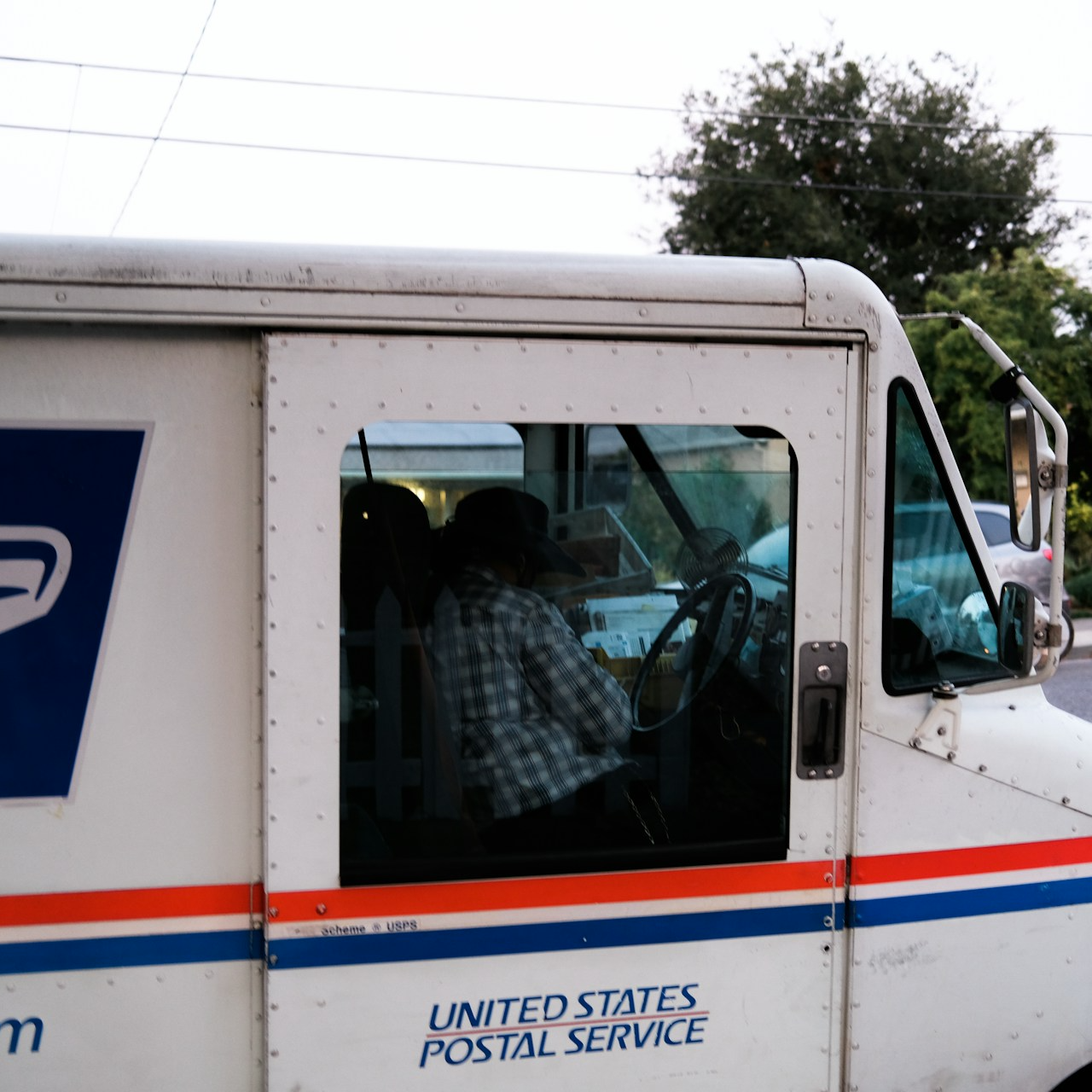Key Takeaways
-
In 2025, Medicare Part D introduces a $2,000 out-of-pocket cap on prescription drug costs, which can reduce long-term burdens for Postal Service retirees enrolled in PSHB plans.
-
Despite the cap, many hidden expenses like deductibles, tiered drug pricing, and penalties still impact what you pay, especially if you’re on high-cost medications.
Why Part D Costs Take People by Surprise
You might think your prescription drug coverage is comprehensive once you’re enrolled in a Medicare Part D plan through your PSHB coverage. But when you begin filling expensive prescriptions, reality often hits harder than expected. Copayments, coinsurance, annual deductibles, and coverage limitations all contribute to a cost structure that isn’t always transparent until it matters most.
In 2025, the newly introduced $2,000 annual out-of-pocket cap on prescription drug costs helps improve affordability. However, that cap only applies after you’ve already spent hundreds on deductibles and possibly faced tiered pricing that varies from one drug to another. Understanding this layered system can prevent financial shocks later.
The Basic Structure of Part D in 2025
To make informed decisions, you should first understand how Medicare Part D works in 2025. It includes several phases:
1. Deductible Phase
-
You must pay out-of-pocket until you meet your plan’s annual deductible, which can be up to $590 in 2025.
-
Not all drugs apply to the deductible. Generic medications may be excluded, depending on your plan’s structure.
2. Initial Coverage Phase
-
After meeting the deductible, your plan covers a portion of the drug costs.
-
You pay coinsurance or copayments depending on your drug tier (generic, preferred brand, non-preferred, or specialty).
-
This phase continues until your total drug spending (including what your plan pays) reaches a certain threshold.
3. Catastrophic Coverage Phase (now eliminated)
-
Prior to 2025, once you hit a spending limit, you entered catastrophic coverage and paid a percentage of your drug costs.
-
In 2025, this phase is removed and replaced with a $2,000 out-of-pocket maximum. Once you reach it, your Part D plan pays 100% of covered drug costs for the rest of the year.
The Hidden Costs Behind the Numbers
Even though the $2,000 limit looks promising, your actual journey to that threshold can still be expensive. Here’s how costs can add up:
Tier-Based Pricing
Most PSHB Part D drug formularies use a tier system:
-
Tier 1: Generic, lowest cost
-
Tier 2: Preferred brand, moderate cost
-
Tier 3: Non-preferred brand, higher cost
-
Tier 4/5: Specialty, highest cost
If your prescription falls into a higher tier, your share of the cost increases significantly. And if your drug is not on the plan’s formulary, you may pay the full cost out of pocket.
Step Therapy and Prior Authorization
Before some medications are approved, you may be required to try lower-cost alternatives (step therapy) or obtain prior authorization. These requirements can delay access to medication and result in extra visits or consultations, adding indirect costs.
Coverage Restrictions
Not every pharmacy participates in every PSHB Part D network. Using an out-of-network pharmacy could result in no coverage at all. Additionally, some drugs have quantity limits, requiring multiple prescriptions or approvals to fill a standard dosage.
Late Enrollment Penalties
If you delay enrolling in Medicare Part D when you’re first eligible and don’t have other creditable prescription coverage, you could face a permanent monthly penalty. This penalty adds up over time and makes each prescription more expensive in the long run.
How PSHB Plans Interact with Part D
Postal retirees and eligible family members are automatically enrolled in a Medicare Part D Employer Group Waiver Plan (EGWP) through their PSHB plan if they have Medicare.
Key Benefits of the PSHB EGWP Integration:
-
$2,000 Out-of-Pocket Cap: Applies across all Medicare-covered prescriptions.
-
$35 Insulin Cap: Applies to each 30-day supply of covered insulin products.
-
Expanded Pharmacy Access: Includes local and national chains in most areas.
-
Formulary Coordination: PSHB plans often work to ensure formulary drugs align with Medicare guidelines.
However, opting out of the Part D portion of your PSHB coverage results in losing prescription drug coverage under PSHB entirely. Re-enrollment opportunities are limited and may require waiting until the next Open Season.
Monthly Costs Beyond the Premium
Many retirees believe the monthly premium is the only cost they need to consider. In reality, other regular expenses still apply:
-
Copayments per prescription
-
Tiered coinsurance for certain medications
-
Out-of-network fees (if applicable)
-
Non-formulary drug costs
In 2025, even with the out-of-pocket cap, these recurring costs can build up, especially if you take multiple medications or switch between brand-name and generic drugs.
The Impact of the Medicare Prescription Payment Plan
New for 2025, Medicare introduces the Medicare Prescription Payment Plan, allowing you to spread your out-of-pocket costs over the calendar year in monthly payments.
Benefits of the Payment Plan:
-
No upfront shock: Instead of paying hundreds or thousands in a single month, costs are spread evenly.
-
Helps with budgeting: Especially useful for those on fixed retirement incomes.
-
Automatic rollover: Enrollment may carry over annually if you stay within the same PSHB plan.
You must opt into this program annually if you want to use it. Not doing so will require you to pay out-of-pocket costs at the time of each fill.
Timeline of Cost Responsibilities
Understanding when and how you’ll encounter costs can help you plan more effectively:
-
January: Annual deductible resets. Expect higher initial costs for prescriptions.
-
February to July: Most enrollees remain in the initial coverage phase. Tiered pricing is most visible here.
-
Mid-year onward: If you take costly drugs, you may hit the $2,000 out-of-pocket cap. After that, your plan pays 100% for covered medications.
-
October–December: Review your Annual Notice of Change (ANOC) to prepare for potential changes in costs, coverage, or formulary for the following year.
What to Review Each Year During Open Season
From November to December, you can make changes to your PSHB plan or evaluate whether your Part D drug coverage still meets your needs. Important areas to review include:
-
Formulary Changes: Is your drug still covered? Has it moved to a different tier?
-
Pharmacy Networks: Are your preferred pharmacies still in-network?
-
Cost-sharing Adjustments: Have copayments or coinsurance percentages changed?
-
Premium Adjustments: Has your total monthly premium increased due to income-related adjustments?
Making a change outside this window is only allowed during a Qualifying Life Event (QLE).
Income-Related Monthly Adjustments
If your income is above a certain threshold, you may pay more for your Part D coverage. In 2025, the IRMAA threshold for individuals is $106,000 and for couples is $212,000. These surcharges are based on your 2023 tax returns.
Your PSHB plan will notify you if IRMAA applies, and payments are usually handled through Social Security deductions or direct billing.
How to Lower Your Part D Costs
Here are practical ways to manage your medication expenses more effectively:
-
Use Generics: Always ask your provider if a generic version is available.
-
Mail-Order Pharmacies: Often offer 90-day supplies at a lower per-unit cost.
-
Medication Reviews: Have a pharmacist or licensed agent review your medication list each year.
-
Apply for Extra Help: If your income and resources are limited, you may qualify for cost-reducing assistance programs.
Why You Can’t Rely on Medicare Alone
While Medicare provides a solid foundation, it’s not complete without a reliable Part D plan. Relying on Medicare alone leaves you vulnerable to high out-of-pocket drug expenses. PSHB plans integrated with Part D protect you from many of these surprises, but only if you maintain enrollment and understand how the coverage actually works.
Take Control of Your Coverage Before Costs Pile Up
If you’re a Postal Service retiree or family member, the impact of prescription drug costs under Medicare Part D can catch you off guard. With cost-sharing, tiers, deductibles, and annual caps all playing a role, it’s not enough to simply be enrolled. You need to be informed.
To get a full review of how your medications and expected needs align with your PSHB Part D coverage, connect with a licensed agent listed on this website. They can help you prepare for next year’s out-of-pocket costs and assist with Open Season decisions.












